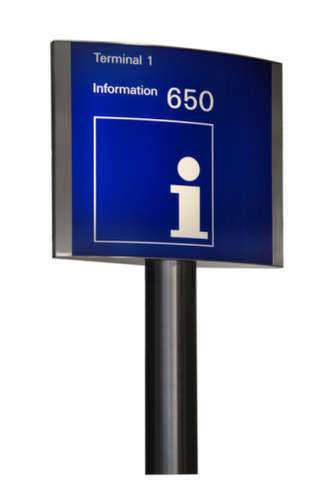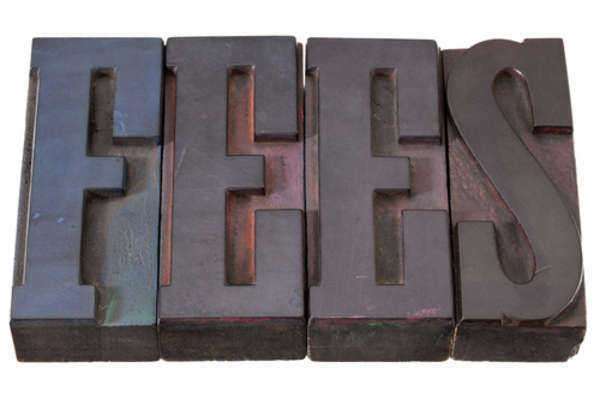The Renewal of the Madrid Agreement





In
seeking the international registration of a trademark, one thing that should be
considered is to which treaty the country of the applicant is actually a
signatory of. It is an important consideration because not all countries are
members to the Madrid Agreement, and more specifically, certain countries may
only participate in either the Madrid Agreement or the Madrid Protocol. The
United States, for example, has only recently become signatory to the Madrid
Protocol, but not the Madrid Agreement. Currently, there are twelve countries
not included in the Protocol that strictly use the Madrid Agreement provisions for
international trademark registration. However, for the sake of the United
States, the only concern would be the adherence to the Madrid Protocol
provisions regarding the registration of trademark at the international level.
President George Bush signed into the Madrid Protocol with the Madrid Protocol
Implementation Act, which made the U.S. a member on November 2nd, 2003. The
actual registration process and requirements under the Madrid Protocol are not
much different than those implemented by the original Madrid Agreement. The
only key and relevant difference exists in the fact that the Agreement requires
that a trademark be nationally or federally registered in order to be eligible
for international registration. This is not the case with the Madrid Protocol.
One of the advantages of the Protocol is that a trademark may still be
considered for international register, as long as proof can be provided with
the application that said trademark is filed and currently pending approval for
federal registration. Furthermore, at the time that the trademark application
for national recognition is filed, the request to extend the application for
international consideration is also an option, and may be filed in concurrence
with the domestic application as well. The necessary international application
must still be filed and the proper payment of the imposed fees will also be
required. Another aspect that is different than the Madrid Agreement is that
under the Madrid Protocol, the first five years of international registration
are completely contingent upon the use of the trademark on the domestic or
national level. The owner of the trademark must upkeep the mark’s viable use
and federally registered status with the country of origin in order to maintain
the international registration status. It is also important to note, that
international registration of a trademark, regardless of which treaty is being
adhered to, must be managed accordingly; the owner of a trademark in
international jurisdictions is subject to follow the laws inherent to that
particular country. For example, if an international trademark is used in the
United States under the Madrid Protocol, the owner of that mark must file a
Declaration of Continued Use, or renewal, by the end of the sixth year of the
United States registration, as it is required under United States trademark
laws. After that, a renewal must be filed after every subsequent ten year
period. In other words, international registration grants the national rights
for a trademark depending on that nation’s own trademark laws, and it is up to
the owner must be fully aware of the legislation of each foreign country in
order to maintain the international registration for that particular nation.
Otherwise, the registration and application process under both the Madrid
Agreement and Madrid Protocol are virtually the same. Only a single application
is needed, as well as a single and collective fee, for the application for
international registration in multiple countries. The basic and main requirements
for international trademark registration are:
The applicant must be domiciled in the home country
The applicant must be considered a national of that country
The applicant has an actual and viable commercial
establishment for the use of the trademark in question
The applicant is responsible for furnishing all the
appropriate and required fees
The applicant is subject to approval pending a examination of
the International Registration
Each country that is being applied to will impose its own national
requirements for trademark registration as guidelines for approval; it is
possible that out of the countries being applied for international trademark
rights, more than one may deny approval, while others accept the registration.
All applications are made to the International Bureau, which is the
administrative office responsible for international trademark registration and
applications, which is a division of the World Intellectual Property
Organization with its headquarters in Geneva, Switzerland. The appropriate fees
are to be made payable in Swiss francs, which the appropriate exchange rate may
be applied to reflect the fee in the amount of the applicable currency of that
nation.




